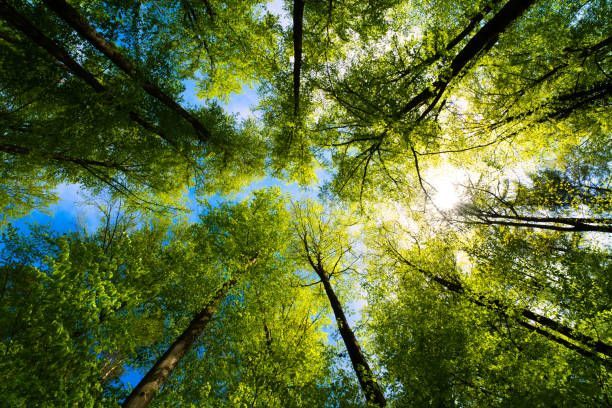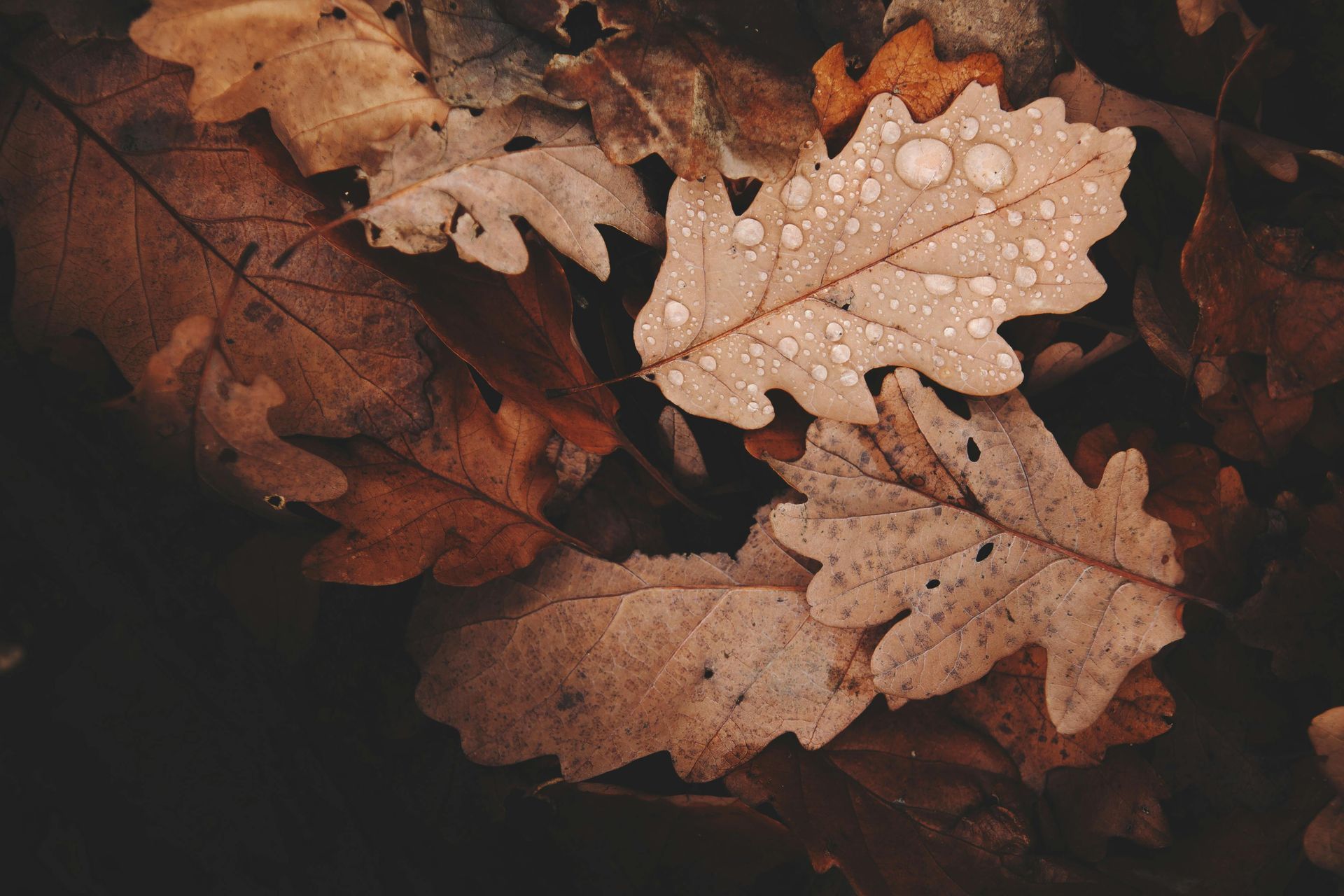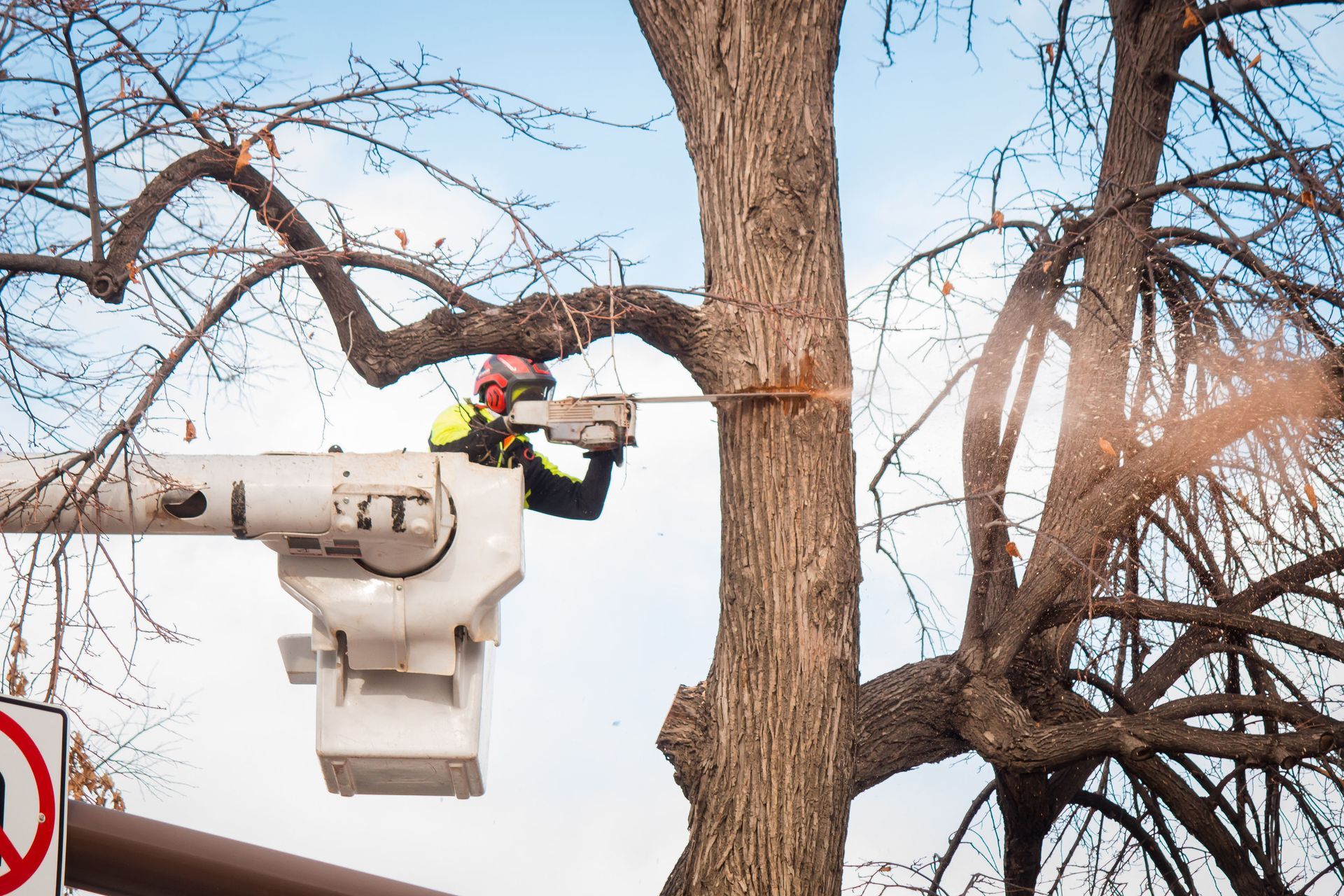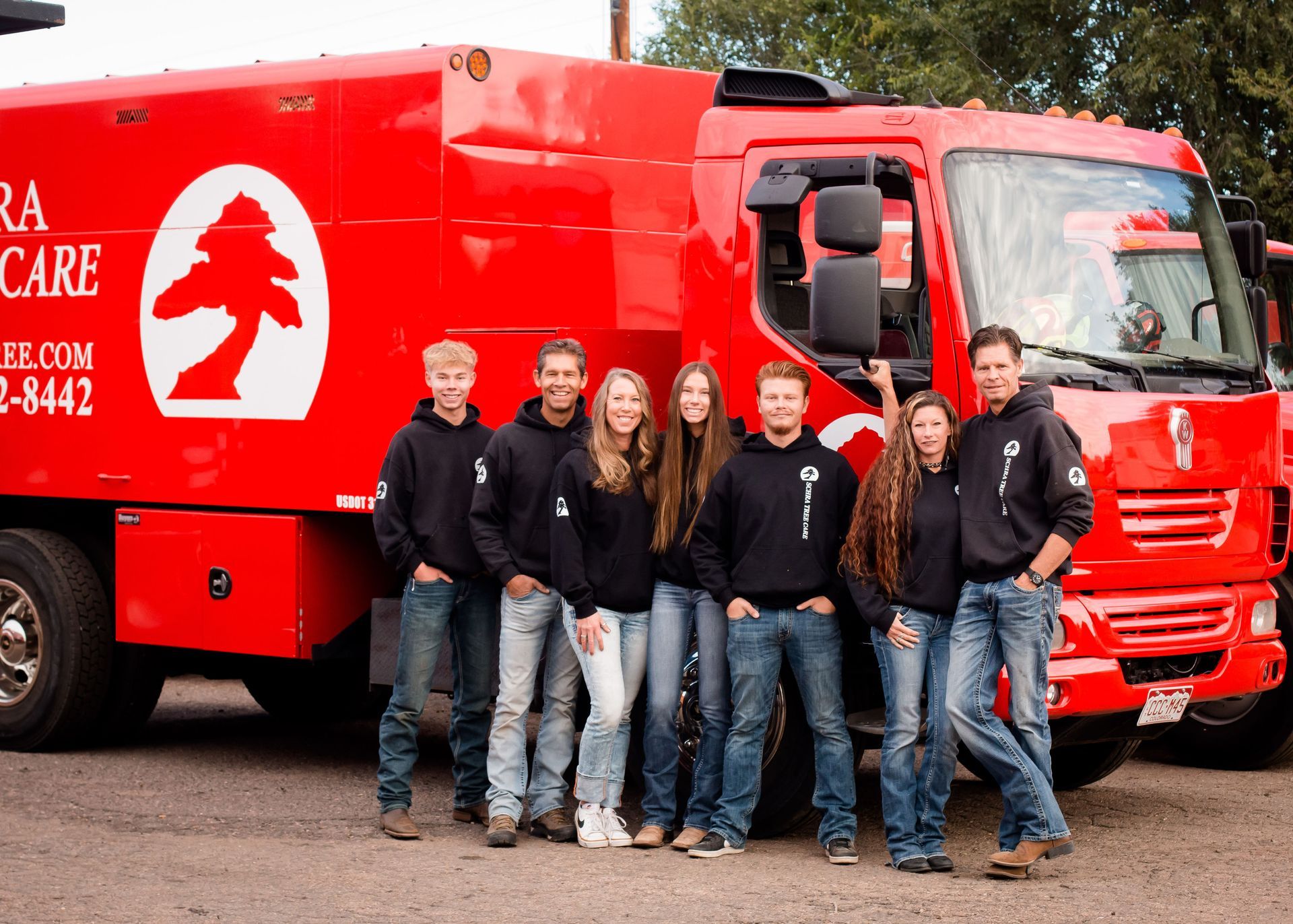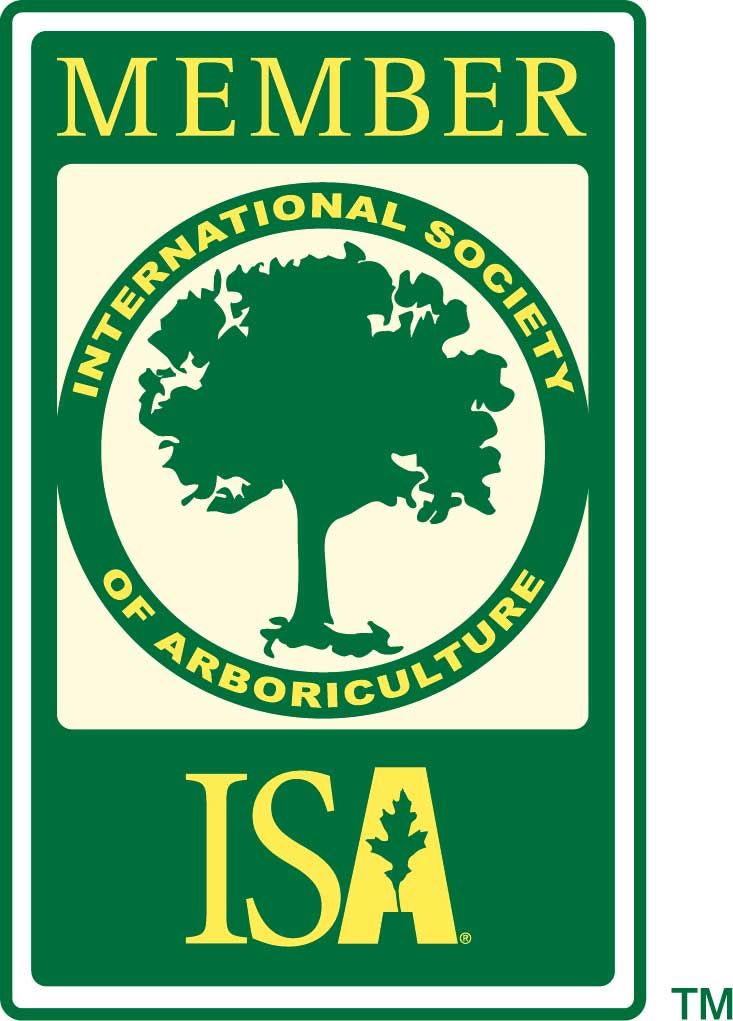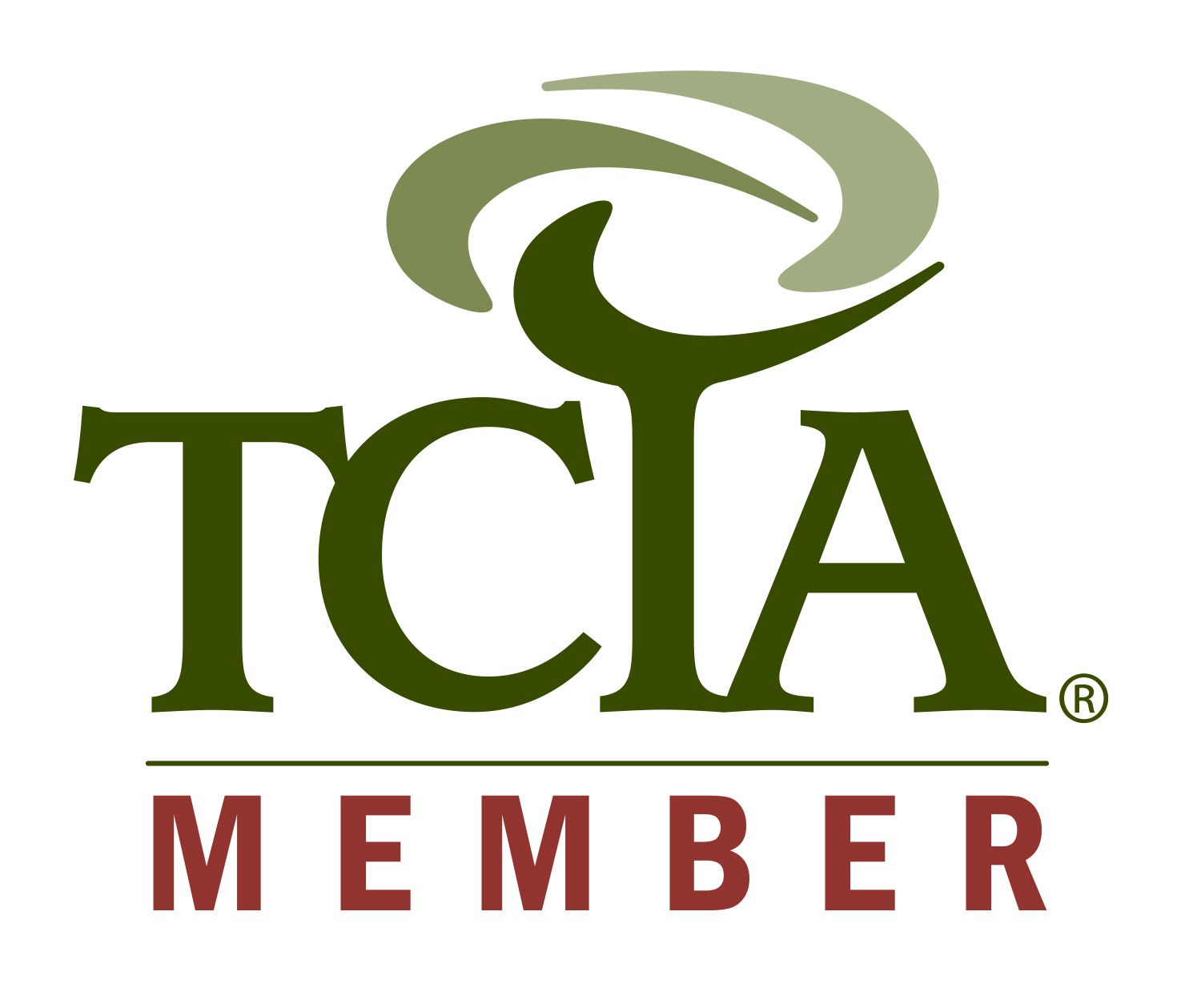Five of the Most Common Trees Found in Colorado
Five of the Most Common Trees Found in Colorado
Iconic species that define our state’s forests and landscapes.
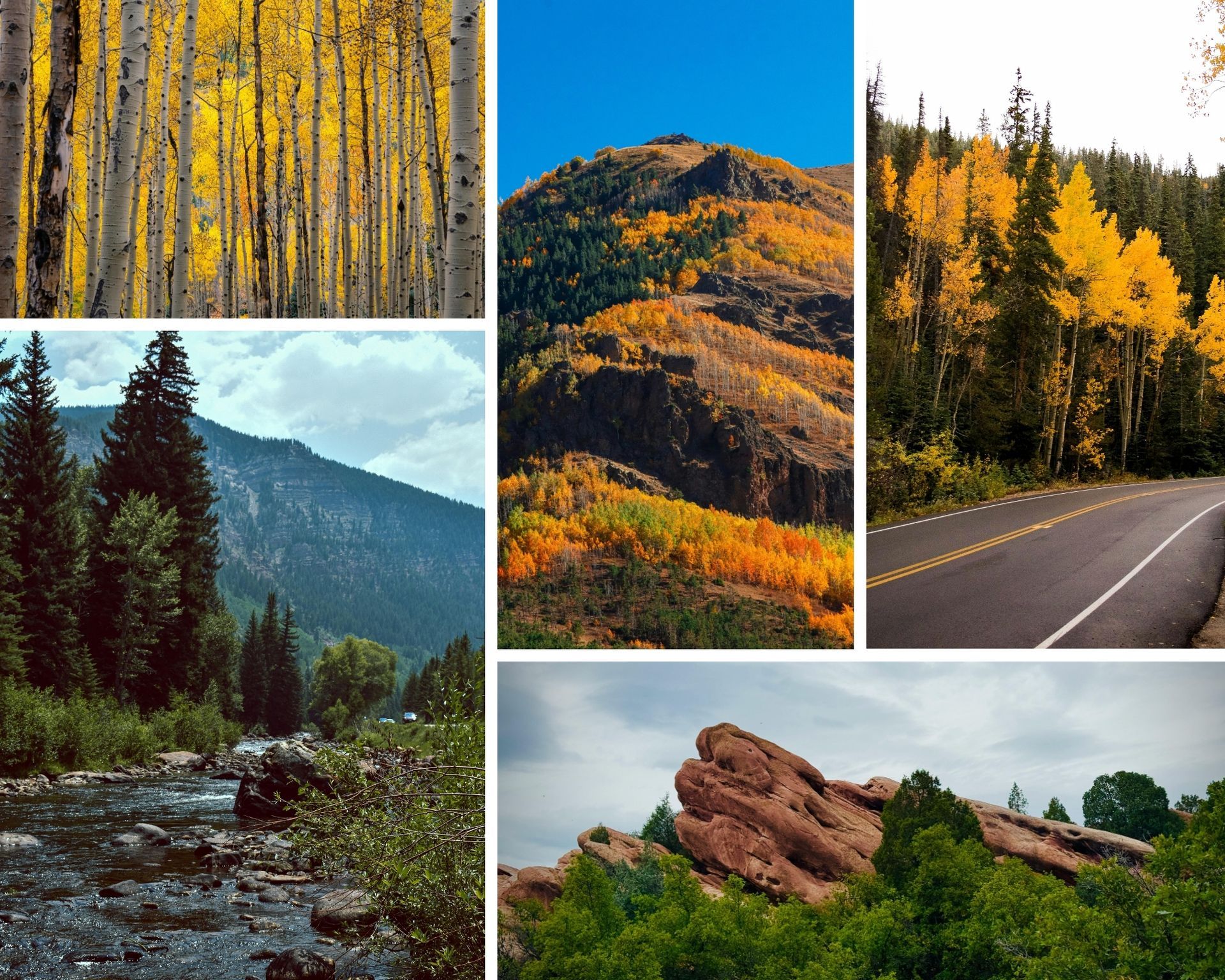
1. Quaking Aspen (Populus tremuloides)
Description: The quaking aspen is one of Colorado’s most recognizable trees. Its smooth white bark, round leaves that flutter in the slightest breeze, and brilliant yellow fall color make it a true symbol of the Rockies.
Where it’s found: Aspens thrive in higher elevations, often growing in groves that spread through shared root systems. You’ll commonly see them in mountain areas from about 6,500 to 11,500 feet, especially after fires where they naturally regenerate.
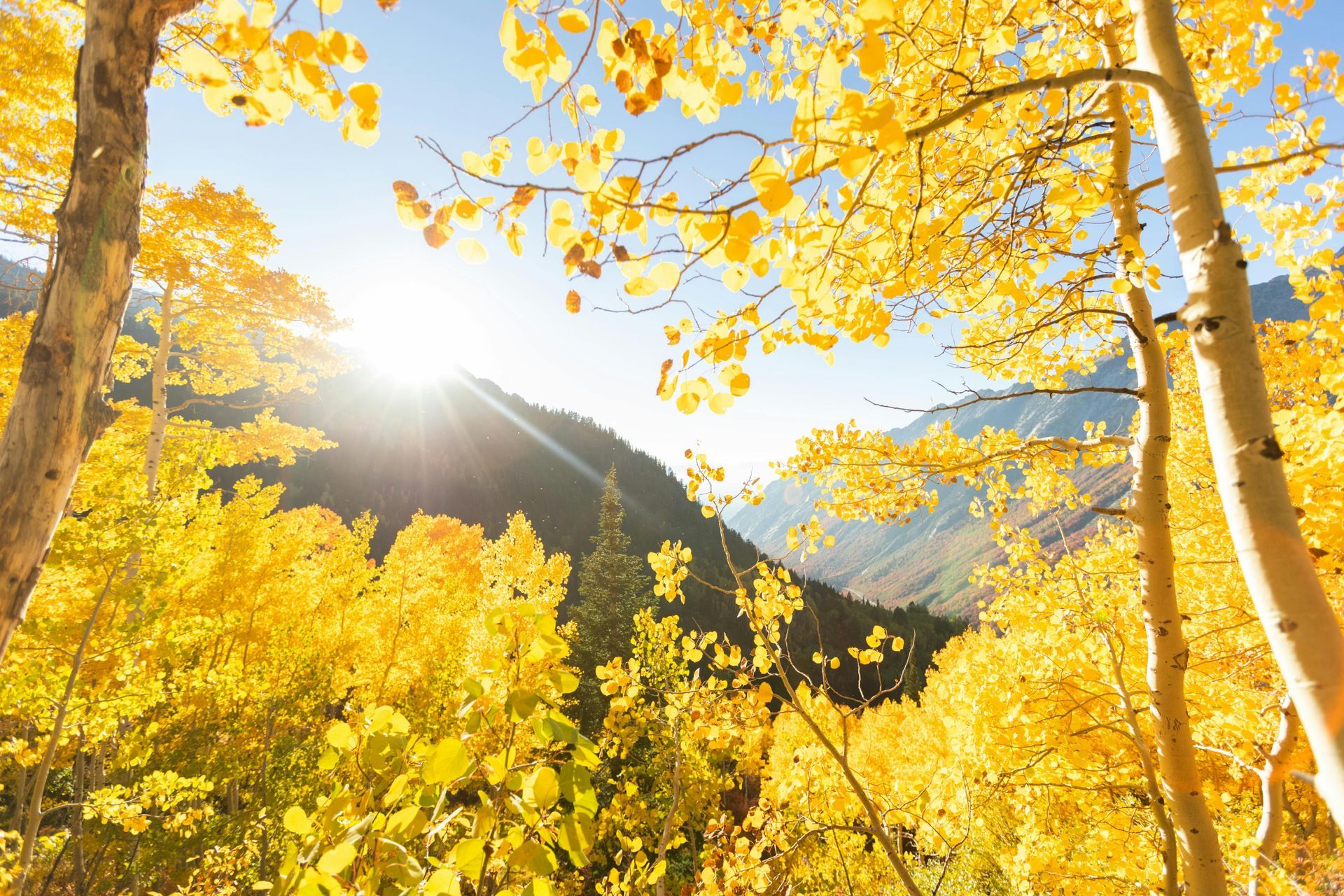
2. Colorado Blue Spruce (Picea pungens)
Description: Known for its striking blue-green needles and classic conical shape, the Colorado blue spruce is one of the state’s most recognizable evergreens—and the official state tree of Colorado.
Where it’s found: Naturally occurring along cool, moist mountain streams and canyons, especially on the western slope and in higher elevations of the Rockies. Though often planted ornamentally, it’s also a key native species in Colorado’s subalpine forests.
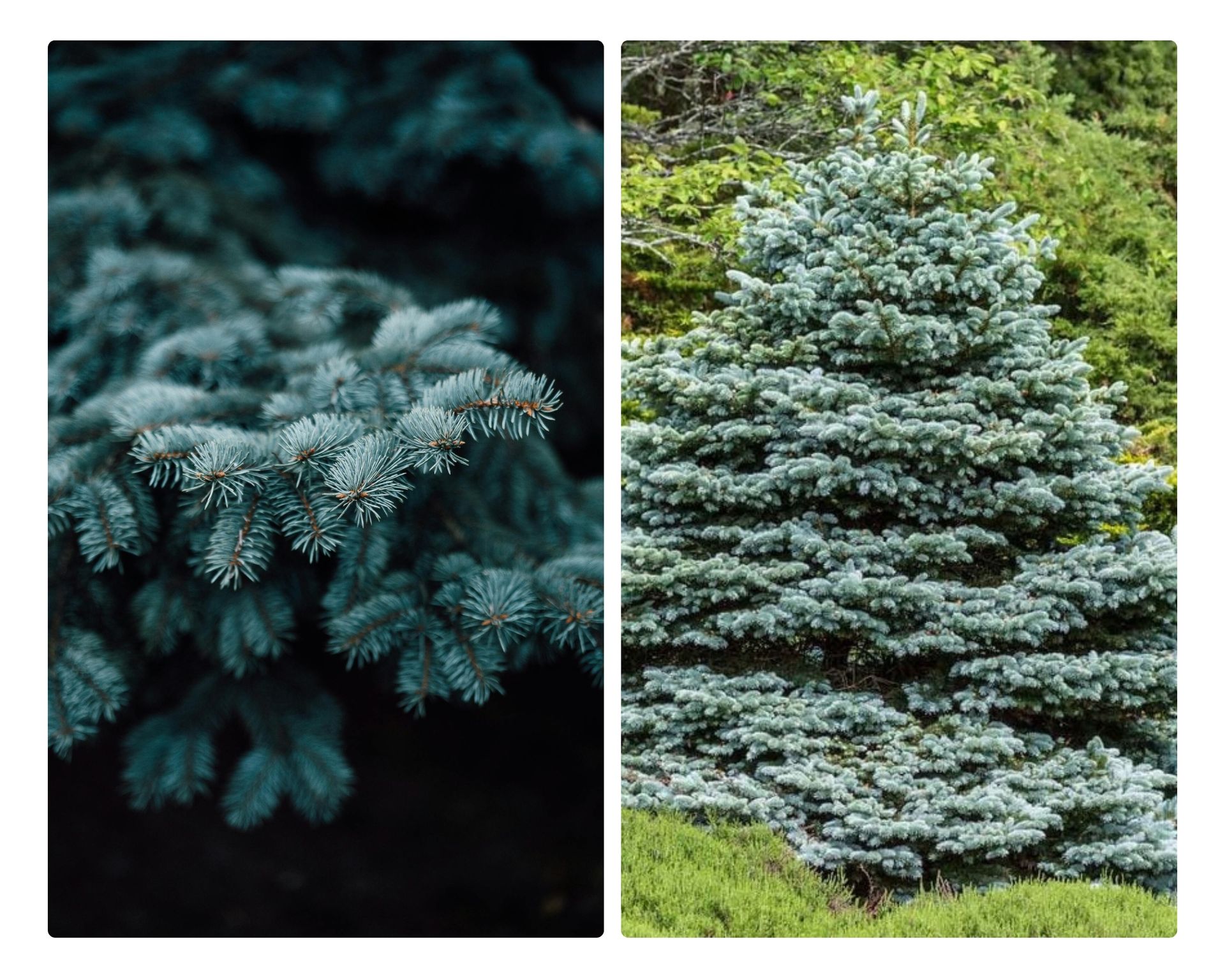
3. Ponderosa Pine (Pinus ponderosa)
Description: A tall, sturdy pine with long needles and a distinctive orange-brown bark that gives off a sweet vanilla scent in the sun. The ponderosa pine is one of Colorado’s most widespread native trees.
Where it’s found: Common across foothills and lower mountain elevations, typically between 6,000 and 9,000 feet. It’s especially dominant on the Front Range, where it forms open, park-like forests that are highly adapted to fire and drought.
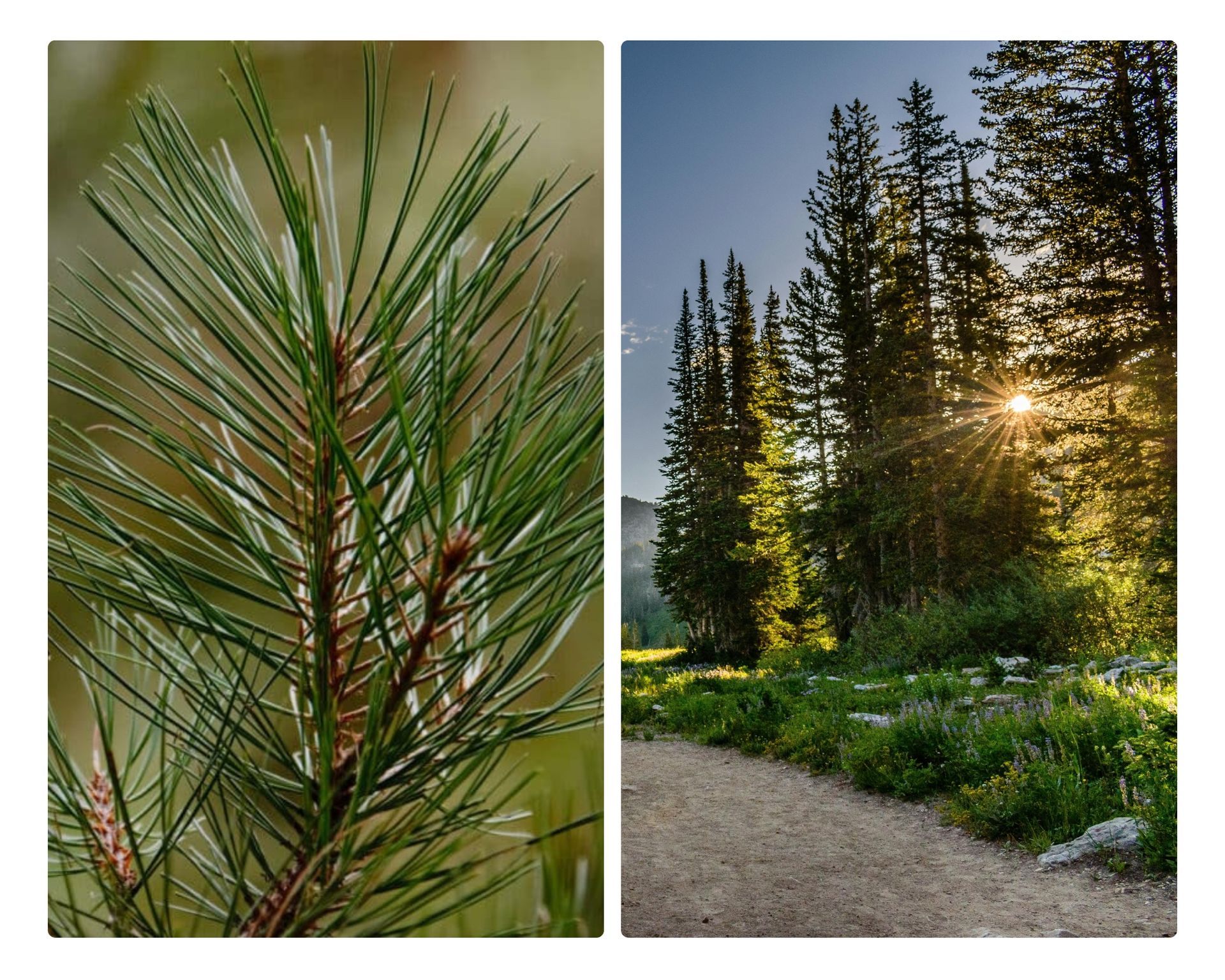
4. Douglas Fir (Pseudotsuga menziesii)
Description: Recognizable by its soft, flat needles and reddish-brown bark, the Douglas fir is a large evergreen that plays a major role in Colorado’s forests.
Where it’s found: Common in the central and southern Rocky Mountains, typically in mid- to high-elevation forests. It often grows alongside ponderosa pine, blue spruce, and aspen, contributing to the diversity of Colorado’s montane ecosystems.
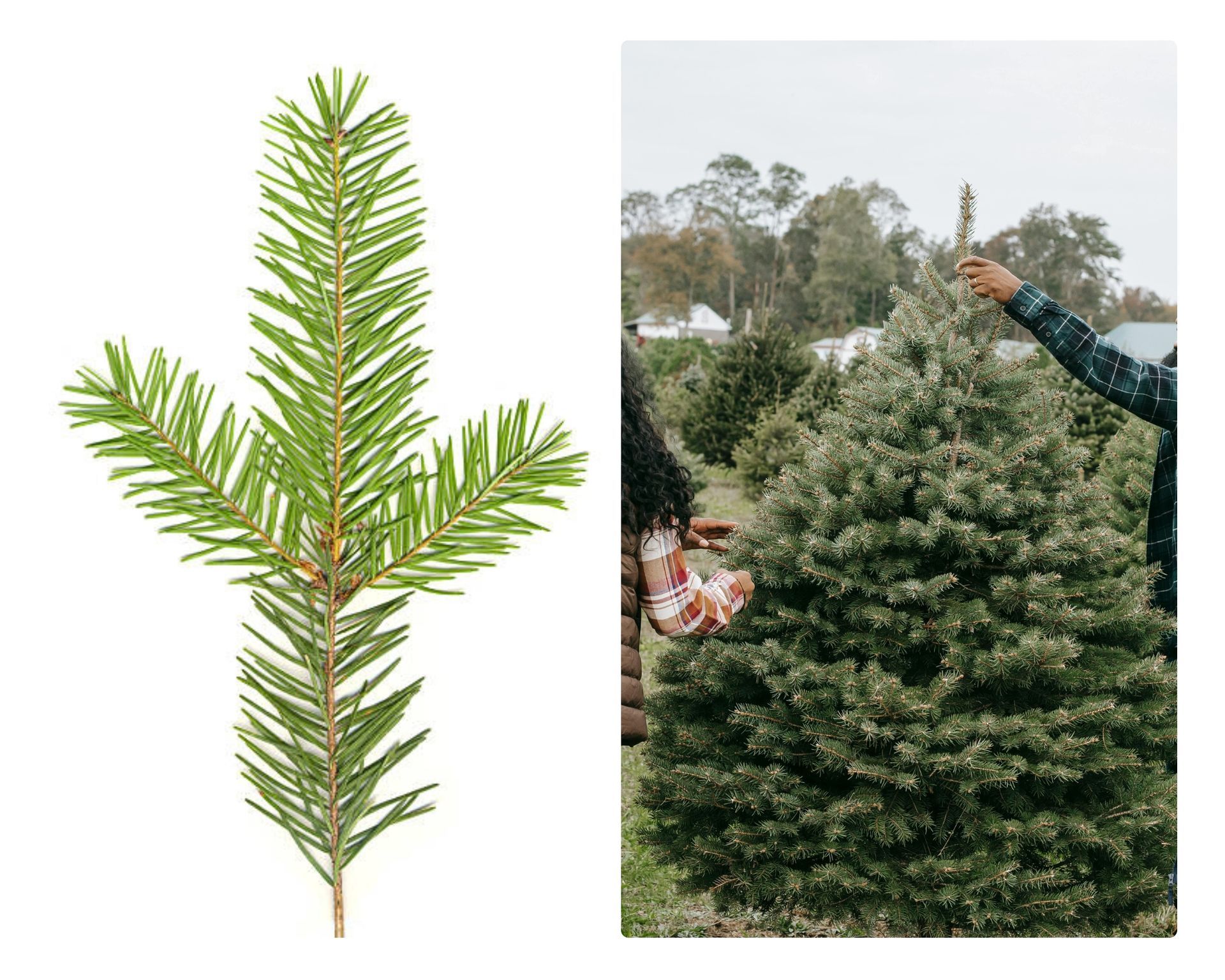
5. Narrowleaf Cottonwood (Populus angustifolia)
Description: A fast-growing, tall deciduous tree with narrow leaves and fluffy white seeds that drift through the air in late spring and early summer.
Where it’s found: This species thrives along rivers, creeks, and wetlands, especially in the foothills and mountain valleys. It’s an important riparian tree, helping to stabilize stream banks and provide shade and habitat for wildlife.
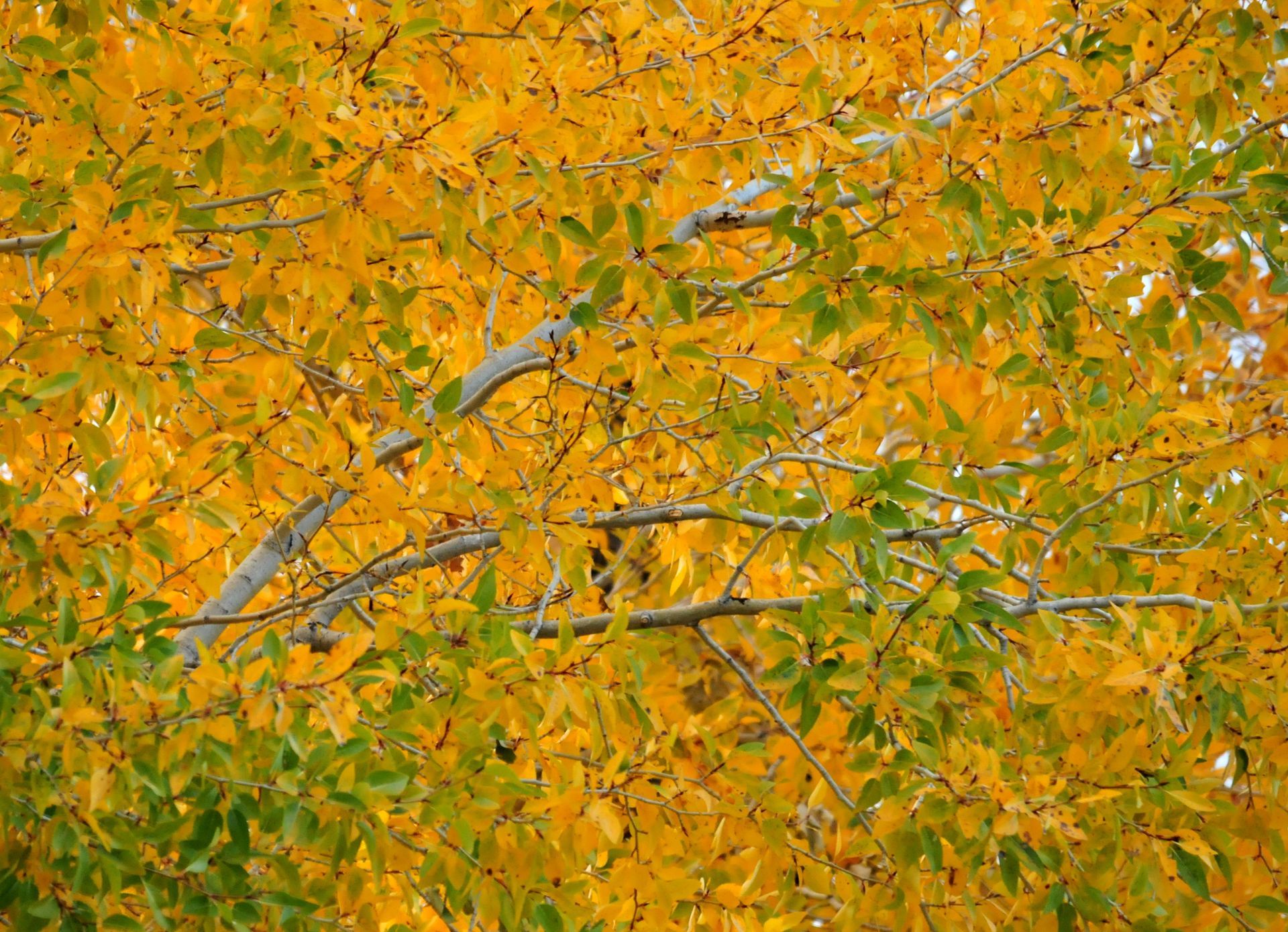
Colorado’s Natural Forest Heritage
These trees aren’t just beautiful—they’re the backbone of Colorado’s natural landscapes. From the shimmering aspen groves of the high country to the towering ponderosa pines of the foothills, each species is perfectly adapted to the state’s unique climate and elevation ranges.
Understanding which trees are common in your area can help you better care for your own landscape and recognize the natural beauty that surrounds us every day.
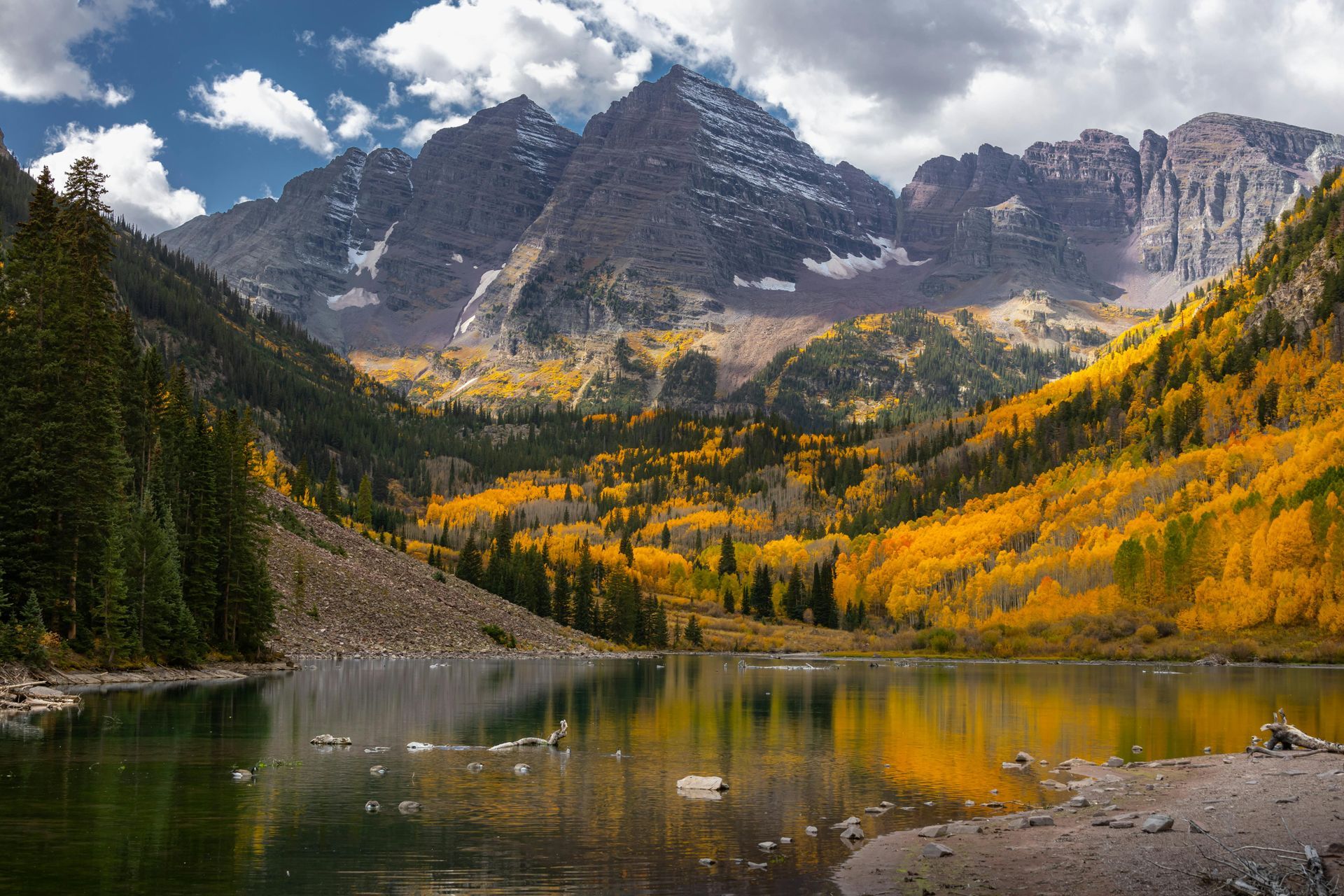
At Schra Tree Care, we specialize in maintaining the health and safety of Colorado’s most common trees. Our certified arborists understand how local soil, weather, and elevation impact tree health—and we’re here to help your trees thrive.
Whether it’s trimming, pest control, deep root feeding, or seasonal care, we take pride in helping preserve the trees that make Colorado such a special place to live.
Contact Schra Tree Care today to schedule a consultation and keep your trees strong, healthy, and beautiful year-round.


